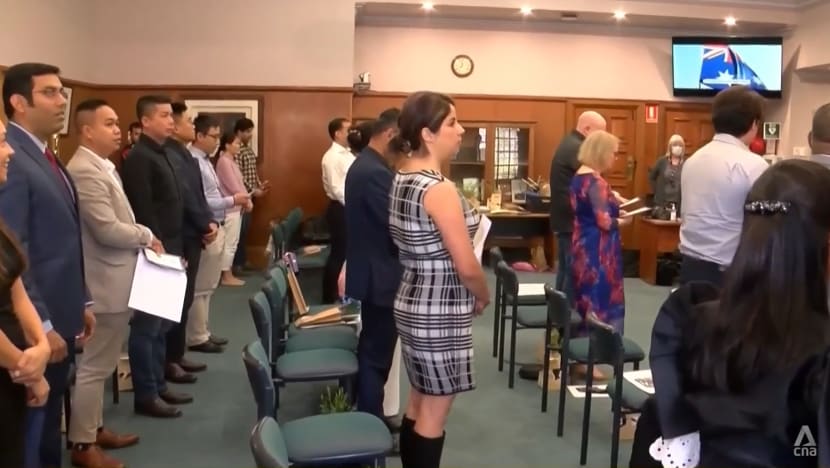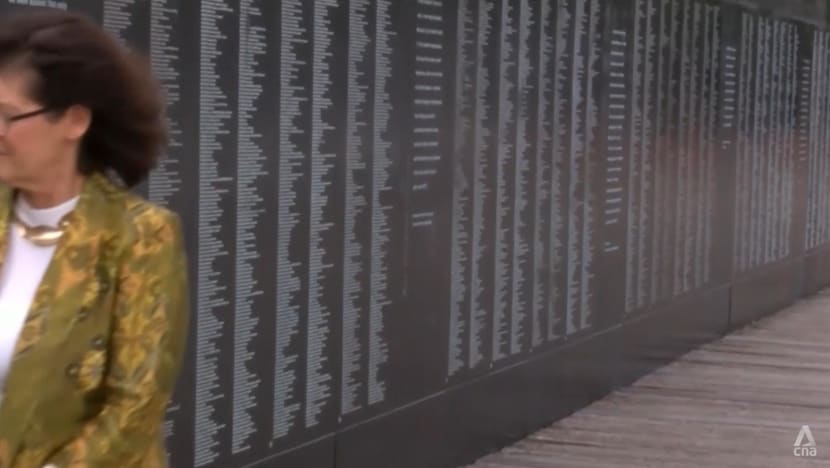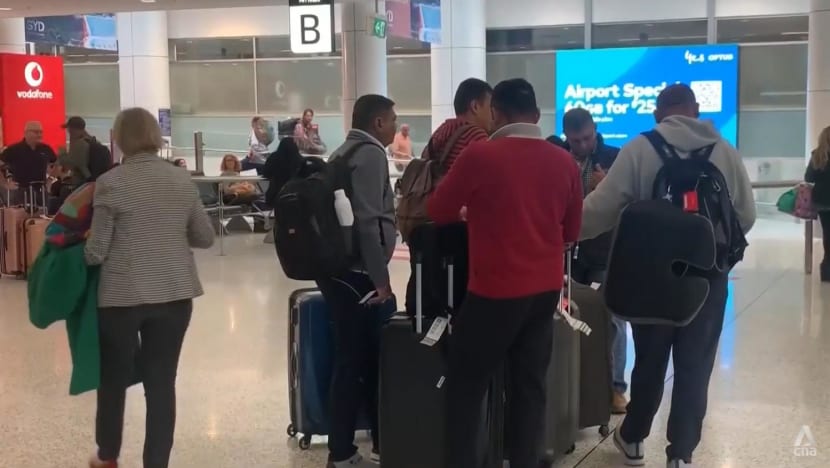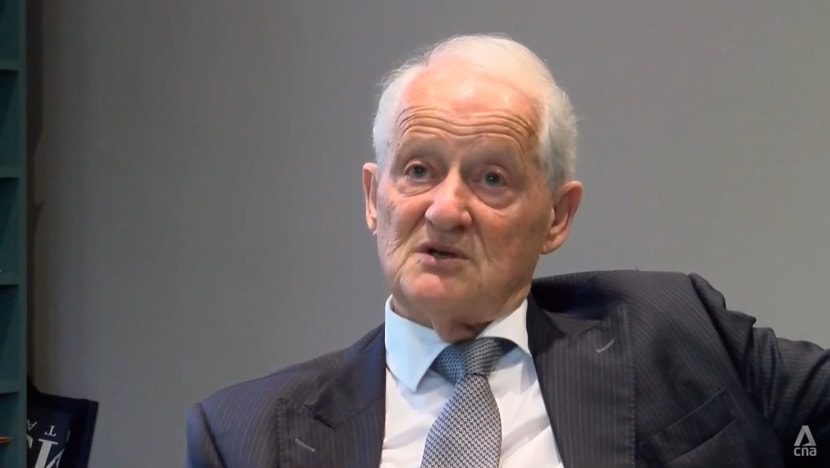Australia boosts migration quota, yet foreigners not returning fast enough to fill workforce gaps
The country’s hospitality industry is one of the hardest-hit, after a large number of temporary visa holders left during the COVID-19 pandemic.

New Australian citizens swearing allegiance to their new homeland at a citizenship ceremony in Sydney’s northern suburbs.
SYDNEY: Australia is facing difficulties attracting enough foreigners to fill its workforce gaps, despite raising its yearly permanent migration quota by 35,000 people to 195,000.
Migrants, students and working visa holders, as well as tourists, are returning to Australia in ever-increasing numbers, following the country’s reopening from COVID-19.
But it could take some time before Australia’s labour force, which relies heavily on foreign workers, feels the impact from the quota increase, as it competes with other countries for talent.
This is especially true for the hospitality industry, where restaurants, pubs and hotels remain among those hardest hit by COVID-19, after a large number of temporary visa holders left during the pandemic.
Mr John Hart, executive chairman of the Australian Chamber of Tourism, said: “We’ve got restaurants that are operating for five days out of a week instead of seven. And our overall recovery is 74 per cent of what it could have been if we had actually been able to staff all of our venues to the levels that we need to deliver the service experience.”
A HISTORY OF MIGRATION
Modern Australia, one of the world’s most successful multicultural nations, is built on a history of migration, with settlers arriving from Britain, Greece, Italy, and more recently, the Middle East and Asia.
A Welcome Wall was unveiled in Sydney in September 2018, at the spot facing Darling Harbour and Pyrmont Bay, where many migrants first landed in Australia.
Until today, names of many new arrivals continue to be etched on the wall.
Mr Daryl Karp, director of the Australian National Maritime Museum which manages the memorial, said: “It’s a living memorial, or in recognition of people who arrived often on this dock, or very close by, to be able to see themselves and reflect to everybody this rich diversity that makes up Australia today.”

Ms Pamela Proestos, whose parents migrated from Cyprus in the 1970s and are among the 32,000 names so far etched on the Welcome Wall, said the journey was “very scary” for her parents.
“My mother was basically a teenager, and had never experienced anything outside of Cyprus and her town,” said Ms Proestos.
“It was scary, but I think it was that excitement and opportunities that everybody came here for.”
The multicultural diversity is now translating to a burden for workplaces across Australia, where businesses of all kinds, from retail to IT, are crying out for staff.
There is a delay in having migrants move over to fill the gaps, as they typically wait years to sort out their affairs, since swapping an old life for a new one in a distant country is a difficult task.

Ms Maria Cuevas and her family are among a recent cohort of overseas arrivals, having migrated from the Philippines.
“Finally, we are Australians and we are very happy and excited,” said Ms Cuevas, after swearing allegiance to her new homeland at a citizenship ceremony in Sydney’s northern suburbs.
NOT PERFECT BUT WORKS WELL
However, the country’s immigration policies are not completely perfect.
Mr Phillip Ruddock, who was immigration minister in the 1990s, remains a firm believer in Australia’s migration policy.
This is despite continuing controversy over the government’s tough stance on illegal migrants and occasional outbreaks of racial disharmony in the country.
“If cultural diversity was a problem, we would have some of the most significant problems anywhere in the world. Now what I can say with a great deal of certainty (is that) while it’s not perfect, it works well,” said Mr Ruddock.
“Yes, occasionally there are some comments from people who say ‘Muslim go home’ or something like this. But we have demonstrated that you can bring people together of different cultures, different races, different religions and it can succeed.”

Workplaces across the country are also urgently seeking solutions to the labour shortage, which has been causing problems for businesses heavily reliant on foreign employees.
Mr Hart said Australia needs to start looking at other ways to attract people to the country.
“We’ve got to start chartering flights, having subsidised seats on aircraft, having connections between visa holders and their future employers so that an engagement can be worked out before they arrive on shore,” he said.
“All of these things need to be looked at if we are going to get any numbers back before the end of 2023.”
However, it will be an uphill task, as countries all around the world are tackling the same problem of attracting overseas workers with bigger incentives.














